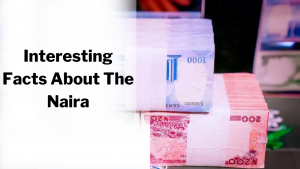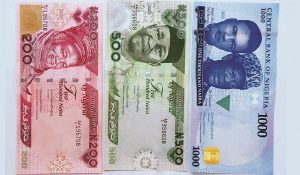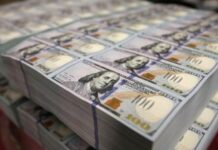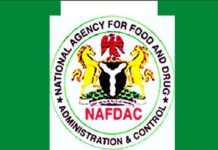Just like every other country of the world Nigeria has a local currency called the Naira, it is the official currency.
The Naira is accepted as a legal tender In Nigeria when carrying out any transaction. Yet, most people don’t know much about this currency.
Read Also: Old Naira: CBN 10-day Extension Insufficient – Muda Yusuf

The earliest forms of currency in the Nigerian communities were salt, beads, cowries and other precious goods.
Nigeria’s first national currency were shillings and pence introduced by the British in 1880, as part of British West Africa, Nigeria introduced banknotes for the first time in 1912.
In 1973, the Nigerian government introduced a new currency and named this new money the “naira,” and it, immediately replaced the country’s inherited British currency. From then on, the naira became the major monetary unit of Nigeria.
- The name Naira was coined by the late Nationalist, Chief Obafemi Awolowo when he was the Federal Commissioner for Finance. He coined Naira from Nigeria by collapsing the country name and arrived at the currency name.
- The Naira was introduced on Monday, January 1, 1973, to replace the British pound as the official currency of Nigeria
- As of 1973, one Naira was the major currency unit in the country.
- The 1 naira coins are smooth with round circles.
- The 20 Naira denomination was issued on Friday, February 11, 1977, barely four years after the introduction of Naira.
- The 20 Naira, became the first Nigerian currency bearing the portrait of a Nigerian citizen, General Murtala Muhammad.
- On Monday, July 2, new currency notes of three denominations, namely, ( N1), (N5), and (N10) were introduced with the portraits of three eminent Nigerians.
Read Also: Naira Redesign: Atiku Thanks CBN For Deadline Extension

- The 50 naira banknote is the only denomination for the people. The back of the note features local fishermen and their catch, while the other side features geometric motifs and ornamental patterns adapted from traditional Nigerian art. While other Nigerian currency honors significant people in the country’s history, the 50 naira note celebrates everyday Nigerian people.
- The 50 Naira was introduced in 1991, and it came with two nicknames. First, it was known as Better Life and later it became popular as WAZOBIA, a linguistic blending of the word COME in Yoruba, Hausa and Igbo Language.
- Then in a bid to facilitate an efficient payments system, the N100, N200, N500, N1000 were introduced in December 1999, November 2000, April 2001 and October 2005 respectively.






